The Majestic Gullfoss – Iceland’s Golden Waterfall, which gives a Name to the Golden Circle
 Strokkur erupting
Strokkur erupting
The Geysir geothermal area is a big attraction on the Golden Circle, which traditionally includes Þingvellir national park, Geysir geothermal area, and Gullfoss waterfall (I also include Skálholt episcopal See).
Apart from those who have only a few hours to spare while stopping over at the airport; they visit the Blue Lagoon.
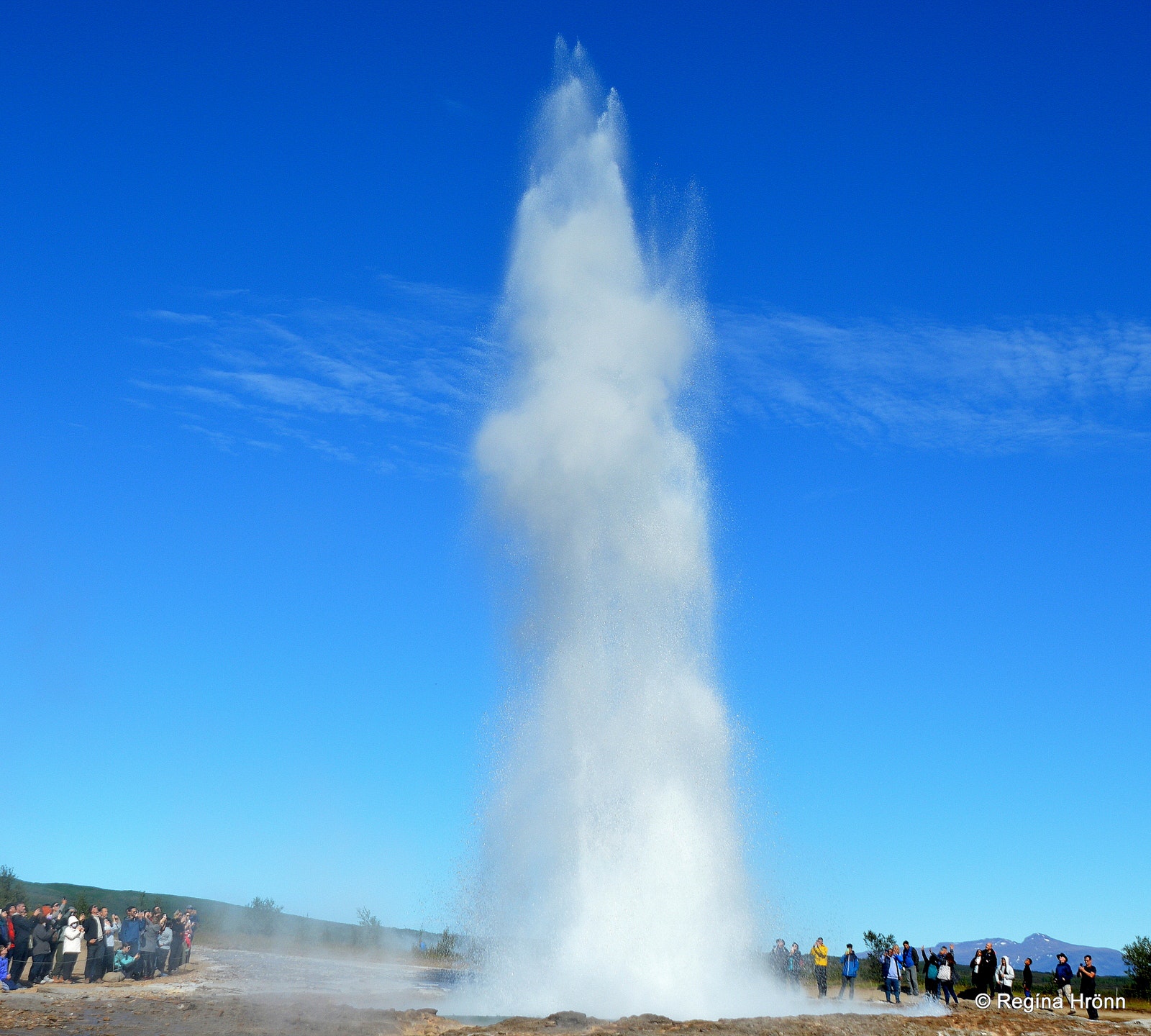 S
S
The Geysir geothermal area is a well-known high-temperature geothermal area. And Geysir itself is one of the best-known geysers in the world and has given a name to other spouting hot springs around the world; geyser. In Icelandic, the term Geysir is derived from the verb gjósa, which means to erupt.
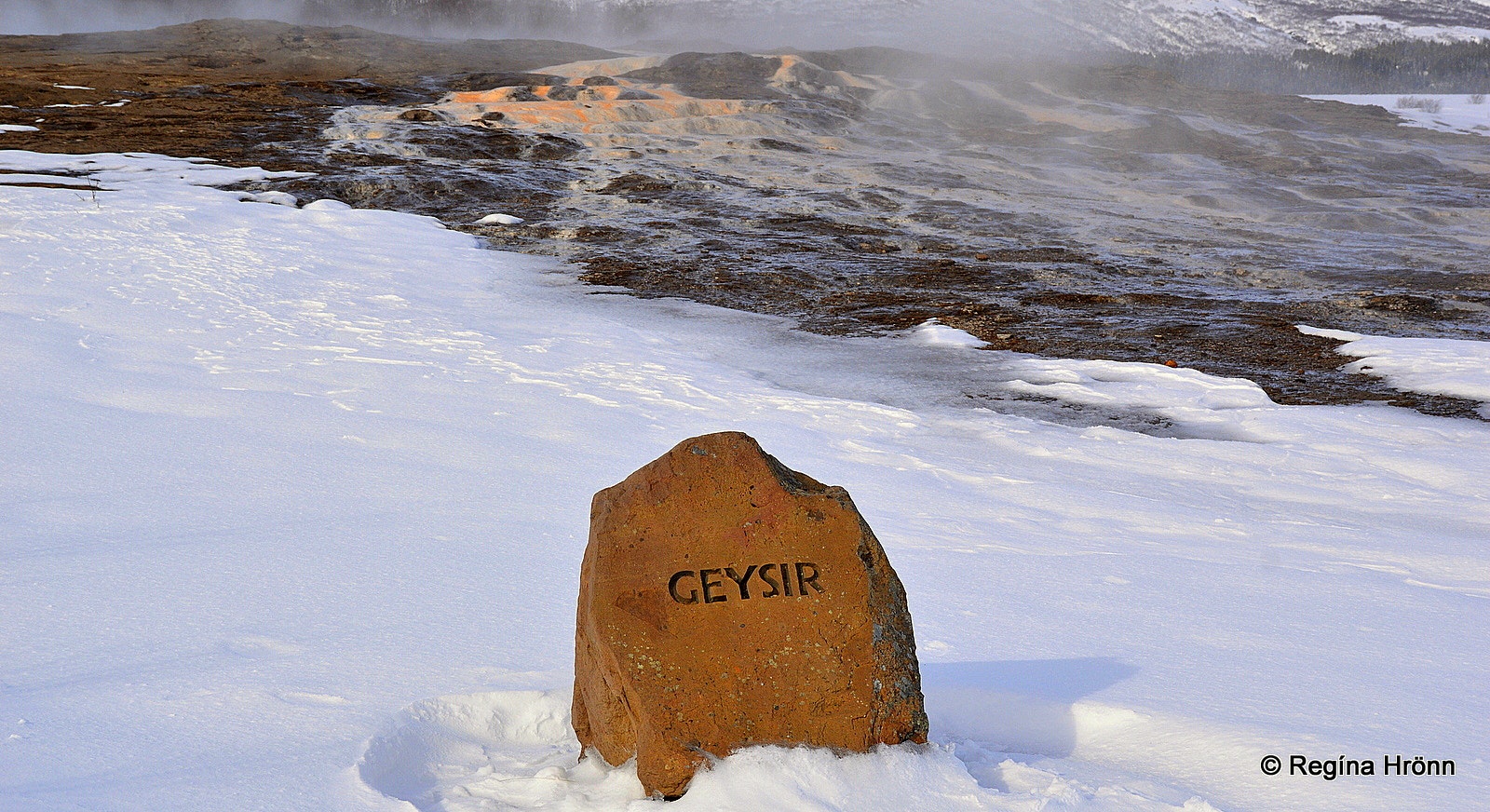
The Icelandic pronunciation of Geysir is like “hey!” while the English pronunciation is more like “hi” or “he”. You can hear the Icelandic pronunciation here. Another word derived from the original Geysir is geyserite, as characteristic of the old Geysir is the huge geyserite which surrounds it.
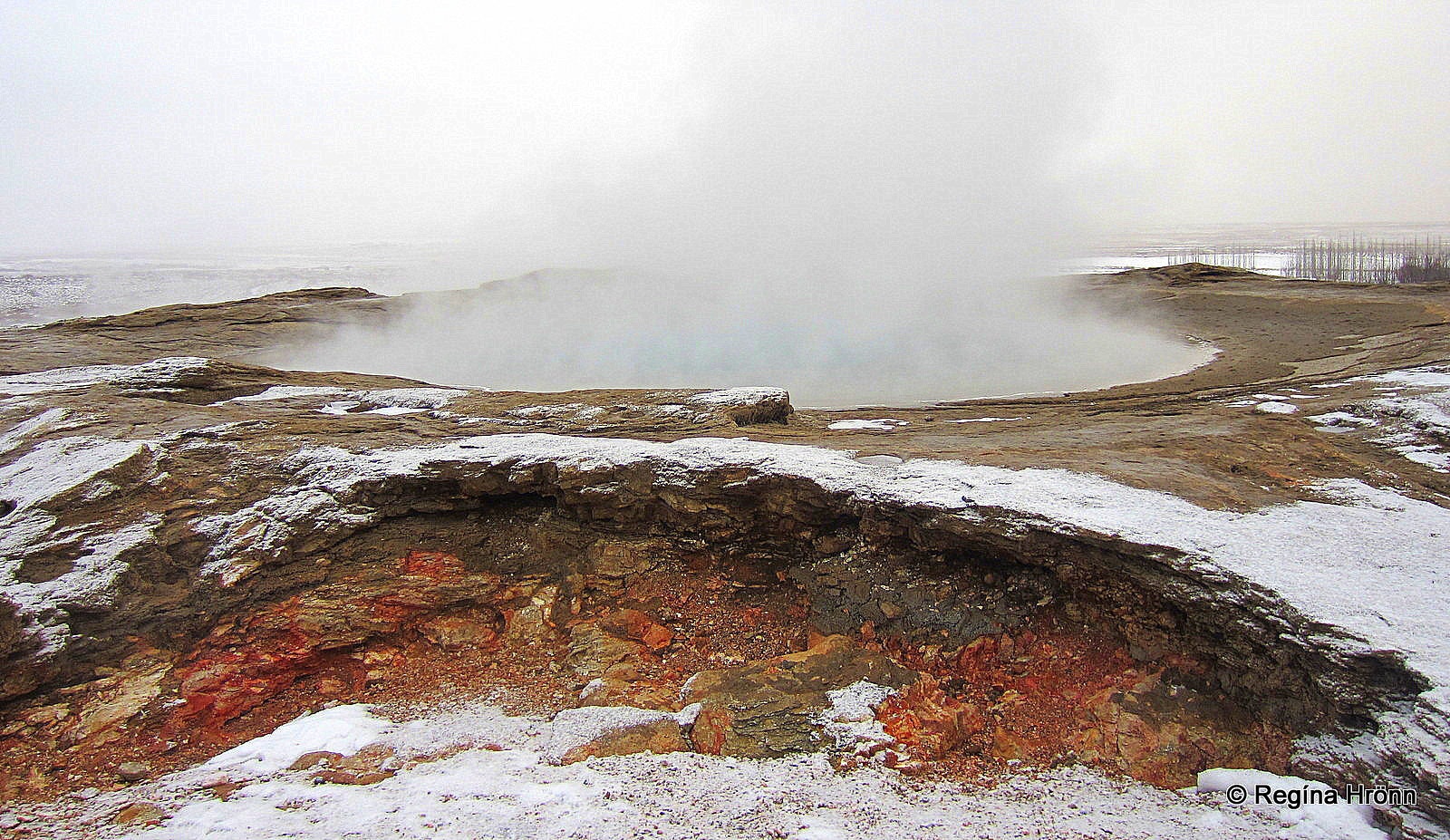
The shaft of the hot spring is around 20 m deep. It is difficult to get a decent photo of Geysir and the bowl as it is fenced off. And the Geysir geothermal area is a no-drone zone.
Geysir is believed to have started erupting after a big earthquake, Suðurlandsskjálftinn, in 1294. That is the first time this area was mentioned in written sources, Oddaverja annáll. But it might be much older or younger than that as the sources only mention that some hot springs disappeared and new ones appeared.
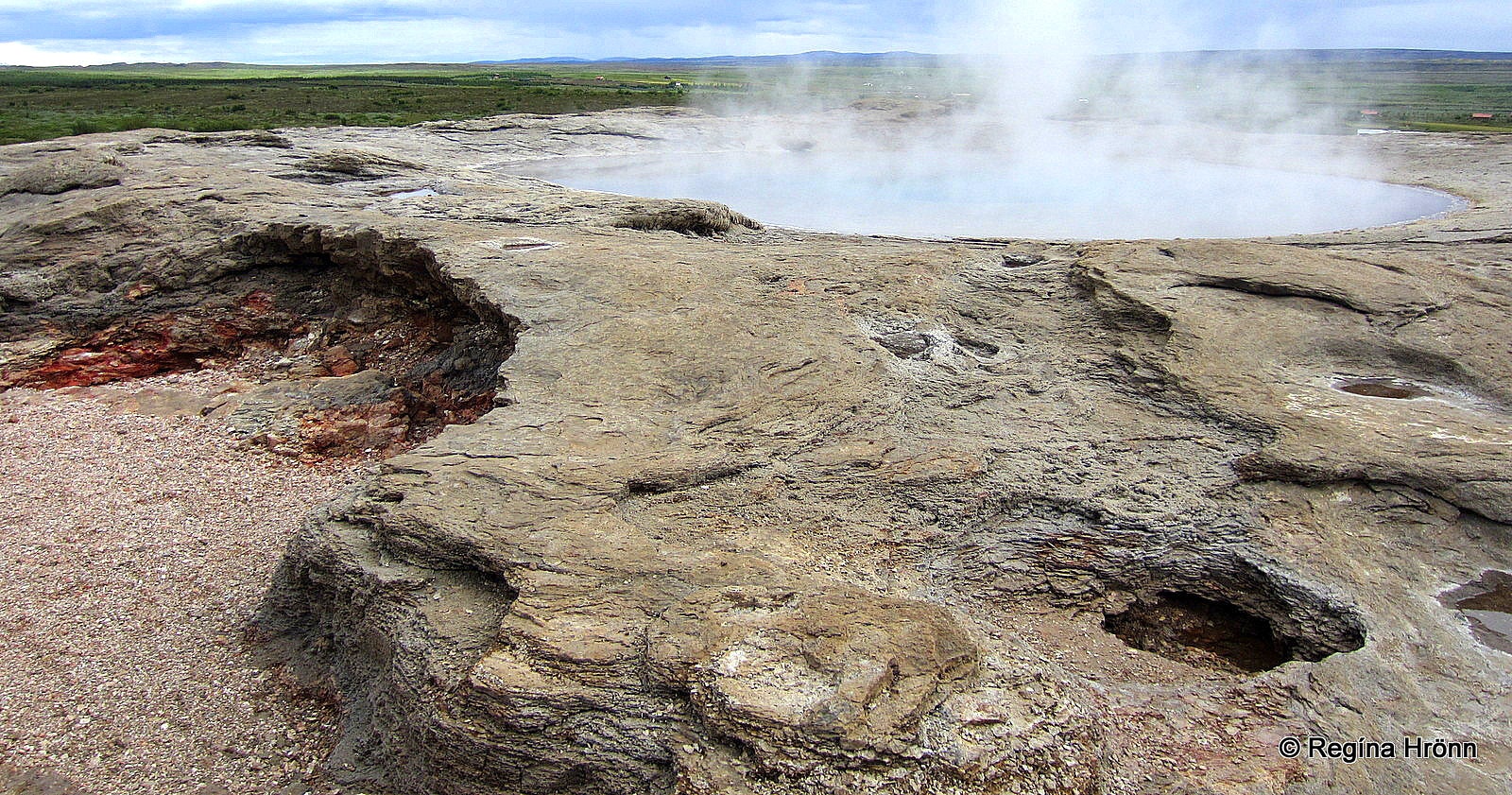
Geysir was at its most active following these big earthquakes in the south, and it was apparently very active following the earthquake in 1630. Following these earthquakes, new hot springs emerged and others disappeared in the Geysir geothermal area.
There were other big earthquakes in 1789 and 1896 (we think that there were 5 big ones that year) which changed the geothermal area and the frequency of Geysir’s eruptions.
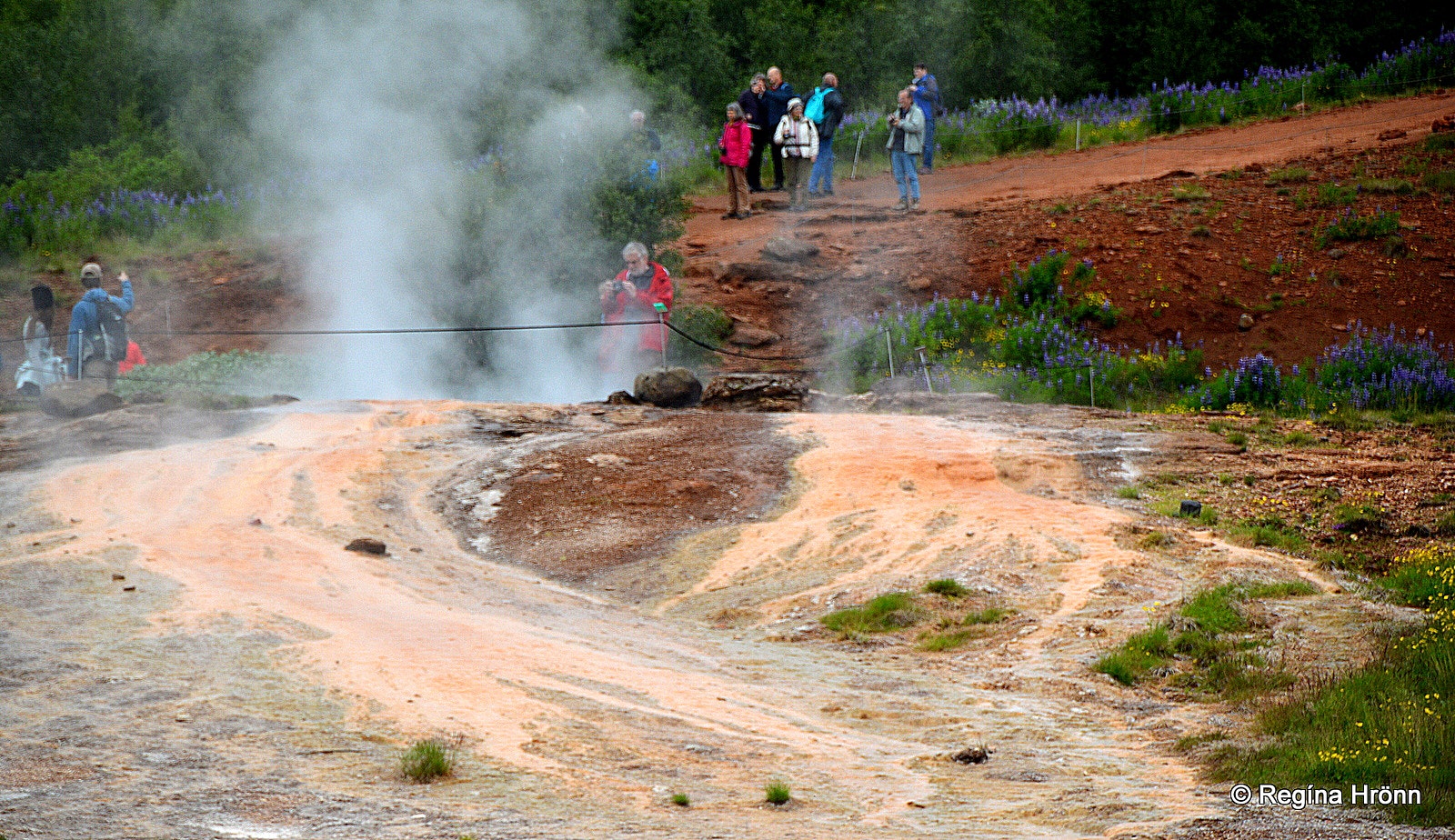
On the 17th of June 2000 (our National day), we had a big earthquake, and another one on the 21st of June, 6.5 on the Richter scale; and Geysir started erupting again on average 3 times a day for some period of time.
These earthquakes sometimes come in pairs and a pair of earthquakes shook South Iceland as well back in 1912.
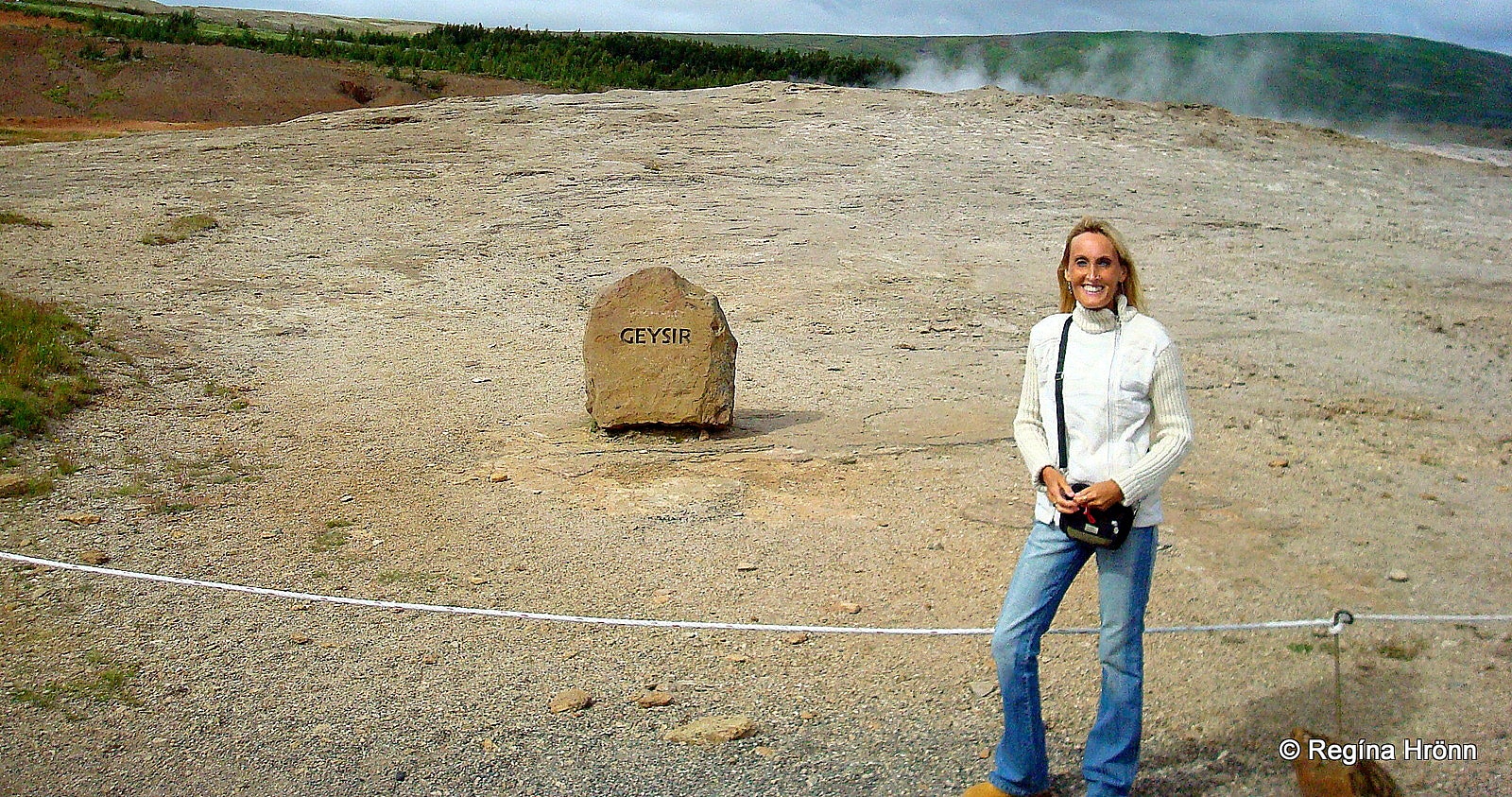
When you pass this mountain in the south you will see big boulders which have rolled down the mountain hills during such earthquakes.





